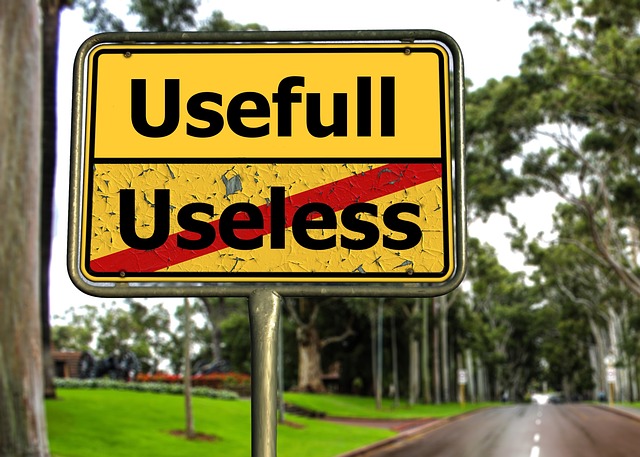Urban revitalization, led by real estate professionals, transforms neglected neighborhoods into thriving communities through mixed-use development. By repurposing underutilized spaces, this strategy boosts property values, enhances quality of life, stimulates local economies, and promotes environmental stewardship while addressing challenges like displacement and funding.
Urban revitalization is a powerful tool for breathing new life into underused areas, transforming them from neglected wastelands into vibrant hubs. This article explores real estate’s pivotal role in this process, delving into strategies that breathe fresh energy into city spaces. We examine the multifaceted benefits and unique challenges of city redevelopment, shedding light on how thoughtful initiatives can revitalize communities and create thriving urban environments.
Urban Revitalization: A Real Estate Perspective

Urban revitalization is a powerful tool in the real estate sector, transforming underutilized areas into vibrant communities. This process involves revamping outdated spaces, attracting new investments, and fostering economic growth. By identifying neglected neighborhoods, developers and urban planners can create mixed-use districts that integrate residential, commercial, and recreational spaces. This integrated approach not only increases property values but also improves the overall quality of life for residents.
The real estate perspective on urban revitalization is multifaceted. It includes strategic site selection, innovative design, and sustainable practices. Developers who prioritize revitalizing urban areas often find themselves at the forefront of environmental stewardship, reducing carbon footprints and promoting walkable, transit-oriented developments. This trend not only benefits the local ecosystem but also attracts a new generation of residents seeking sustainable living options.
Transforming Underused Spaces: Strategies

Transforming underused spaces in urban areas has become a powerful strategy for real estate developers and city planners. One effective approach is to redevelop abandoned industrial sites or old warehouses into trendy lofts, creative offices, or vibrant co-working spaces, attracting startups and innovative businesses. This not only brings life back to neglected areas but also generates new tax revenues for municipalities.
Community engagement plays a vital role in successful transformations. Involving local residents and artists can lead to the creation of unique public art installations that add character to the area. Collaborative initiatives between real estate investors, government bodies, and community groups ensure sustainable development, fostering a sense of ownership and pride among locals. By combining creative design, economic incentives, and community involvement, cities can revitalize underused spaces, enhancing urban quality of life and driving local economies.
Benefits and Challenges of City Redevelopment

Revitalizing underused urban areas brings a multitude of benefits to both the community and the real estate market. New development can breathe life into once-neglected neighborhoods, attracting businesses, increasing property values, and fostering social interaction. Improved infrastructure, enhanced aesthetics, and better access to amenities create an attractive environment for residents and tourists alike. This influx of investment can stimulate local economies, generating employment opportunities and encouraging further growth.
However, city redevelopment also presents significant challenges. Balancing the needs of existing residents with new construction requires careful planning. Displacing long-time community members due to rising property values is a common concern. Environmental considerations, such as sustainable development practices and preserving historical sites, must be integrated into the revitalization process. Additionally, securing funding and managing complex projects can be daunting tasks, requiring collaboration between government agencies, developers, and community leaders to navigate these challenges effectively.






